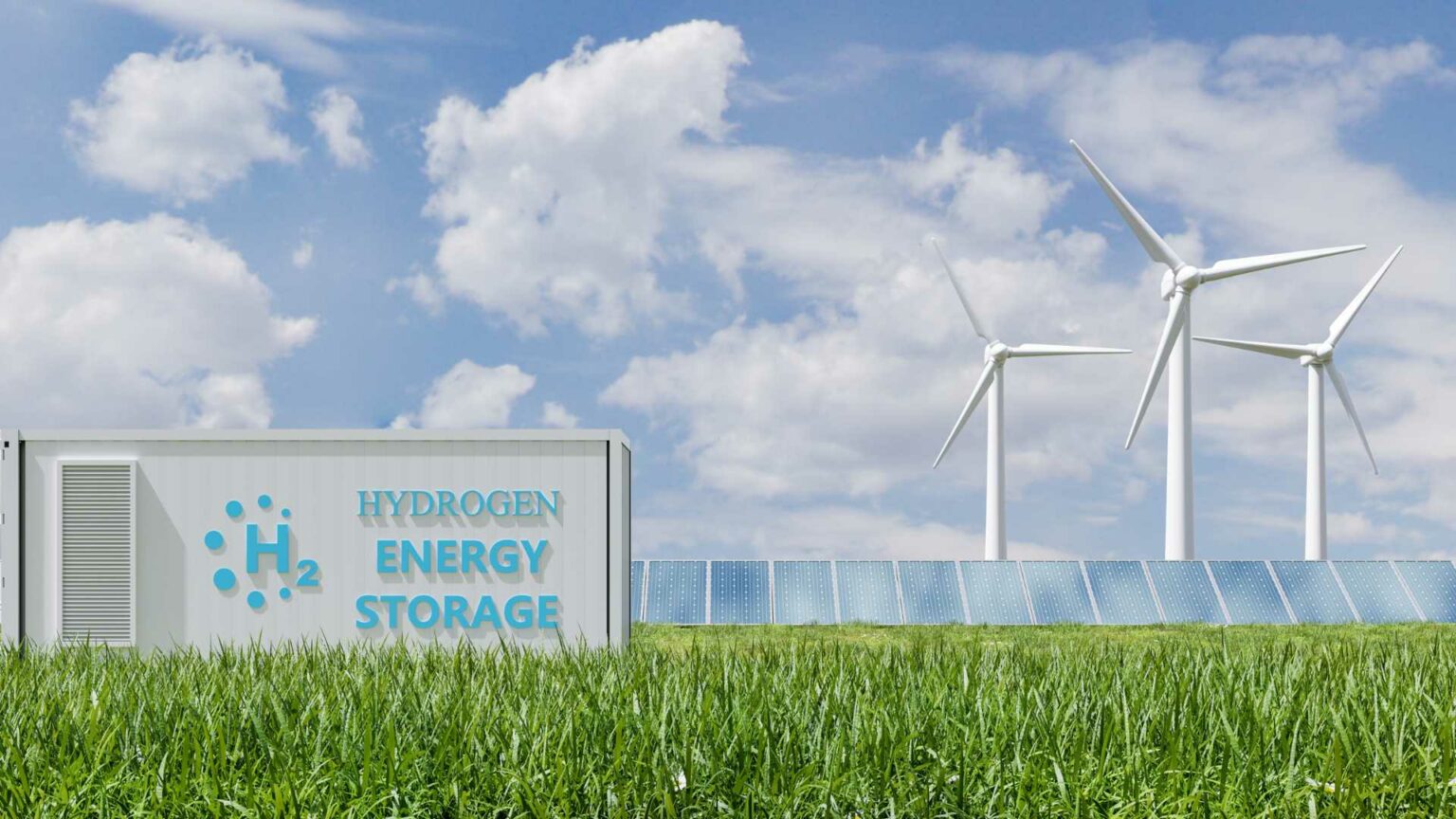A recent patent filed by Natural Ocean Well Co. on July 1, 2024, introduces significant hydrogen storage and transportation advancements. This patent, developed by a team of inventors spearheaded by the assignee, promises to enhance the efficiency and safety of hydrogen as an energy source.
The patented technology focuses on an improved method for storing and transporting hydrogen. One key innovation is the use of a hybrid storage system that combines physical and chemical storage methods. This hybrid system addresses some common challenges in hydrogen storage, such as leakage, energy density, and safety concerns.
Potential Applications
This patented technology’s primary application lies in the hydrogen fuel cell industry. By providing a more efficient and secure storage method, this technology can support the broader adoption of hydrogen fuel cells in various sectors, including automotive, aerospace, and stationary power generation. Additionally, it holds potential for use in hydrogen refueling stations, where efficient storage and transportation are crucial.
Market Impact Analysis
This new hydrogen storage and transportation system could significantly influence the hydrogen market. By enhancing the safety and efficiency of hydrogen storage, the technology can reduce costs and operational risks, making hydrogen a more viable alternative to traditional fossil fuels. This could accelerate the transition to a hydrogen-based economy, attracting investments and fostering innovation in the sector.
Technical Specifications and Methodologies
The patent documentation outlines several critical technical specifications and methodologies. The hybrid storage system combines advanced composite materials for physical storage and metal-organic frameworks (MOFs) for chemical storage. These materials are selected for their high hydrogen absorption capacity and robustness. The storage system also has state-of-the-art sensors and control systems to monitor and maintain optimal storage conditions.
Key Takeaways
1. Hybrid Storage System: The patented technology combines physical and chemical storage methods, enhancing energy density and safety.
2. Applications: Promising applications in hydrogen fuel cells, hydrogen refueling stations, and other sectors.
3. Market Impact: Potential to lower costs, reduce risks, and drive the adoption of hydrogen as a clean energy source.
4. Advantage Over Existing Solutions: Offers improved safety and efficiency compared to traditional storage methods.
5. Technical Details: Utilizes advanced composite materials, metal-organic frameworks, and sophisticated monitoring systems.





